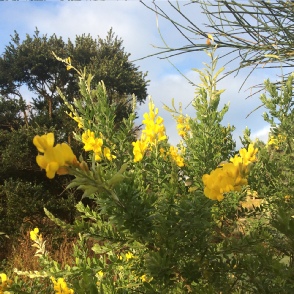




























Page Topic: Words of Wisdom
Wisdom from the experience of Danny McLaughlin:
Trained in Ireland and England, Danny has decades of nursery experience, much of it in North Inishowen..
These notes are based on the talk he gave to our November 17th meeting.

Choosing Your Plants:
Aim for year-round delight. Your garden should be pleasant to move through, to touch, and to breathe in, as well as to look good. Remember you’ll need to have plantings across a range of eventual heights suited to the site’s size and surroundings. So your trees and shrubs are important even if few in number. Special mention is deserved by the dark-foliaged elders, Sambacus “Black Lace” and S. “Black Beauty”, and by the white-barked birches, outstandingly Betula jacquemontii. not only for their beauty but also for their open foliage that allows a generous amount of light through to lower plants. Whitebeam (Sorbus aria) are also popular garden trees, though harder to please than their Rowan relatives (Sorbus acuparia) because the whitebeam can’t bear to have their roots waterlogged. Nevertheless, shapely they are, and attractive on account of the white undersides of their leaves.when happily growing where the drainage is very brisk. Mention of drainage led on to consideration of the great value of bulbous plants at the lowest heights of our gardens, and that not only in Spring, then on to the reflection that heavy and clayey soils are inhospitable to most bulbs, and finally to the reminder that every bulb will do better with a spoonful of sand planted beneath it.
We need to beware of buying all our plants when they’re in flower - it’s so easy to overlook the need for good looks at other seasons. Likewise we should try to avoid the sorts that look awful when the first blooms have finished but still drape their ruins across later growth, stuck in place by the inevitable rain. Modern business practice adds to the problem by the plant patent system under which breeders gain wealth from royalties that depend on sales volume: a breeder gains by constant novelty but not quality. Thus poor sorts are dumped on an undeserving public. The best retailers can retaliate on behalf of their customers by thorough testing of novelties before stocking them in quantity. The bedding plant sector is very susceptible to such troubles, but Danny recommends the well-established surfinia class of Petunia and draws our attention to the newer “Surprise” petunias. His best praise, ”all kinds are good”, is reserved for the whole range of Begonia, for their determination to always look their best (until the frost) and not be spoiled by too much rain.
Low-growing shrubs have a lot to offer at the same small height as bedding, and even the deciduous ones can offer a longer season of value. Danny showed us a bushy red Erica “Cramer’s Rot” (rot is German for red) that grows to a foot high, and told us that there are some nice new colours in Potentilla. In that context he referred to the value of the traditional way of propagating small shrubs by dropping them and working rooting compost among the lowered twigs. We were also intrigued by a very healthy-looking honey-scented plant called Lobularia: I just suspect it might prefer to live under cover. Turning to larger shrubs, Danny showed a spectacular golden Moroccan Broom called Cytisus “Porlock” that offers a pleasant scent and flowers twice a year. Another plant noted for a pleasant aroma is called Diasmo ‘Silver Flame’: it grows to three feet high. At around this height come the splendid sea-hollies, among which Danny singled out Sea Breeze and Sea Spray for honourable mention - whether these are native Irish in origin I cannot say.
With still taller plants an exotic mood could be, said Danny, safely achieved by planting Trachycarpus fortunei. It had come from China, as did most plants named fortunei. He then referred to the accommodating nature of the common Pittosporum, which tolerates any amount of foliage removal, and then produced a charming new named variety with the glossiest imaginable foliage, very lively-looking on account of the yellower green of the newer leaves. I doubted its hardiness in our localities, but recalled how the Pittosporum hedges at the Slieve Donard nursery had helped the business through hard times by yielding great quantities of foliage to the florists of Belfast. At the climax of his display Danny brought out a smallish potted Hydrangea bush crowned with an enormous yellow cone of Hydrangea “Limelight”. He then the huge flower lifted off like a conjuror, to pass it round for inspection. While there’s no denying the merit of these non-macrocarpa species in that they tolerate spring pruning, I find their broad cones very disturbing - it seems as though the Heavenly Designer had mislaid His kit of ray florets.
We finish with brand new illustrations kindly provided by Margot Caldwell





Cytisus “Porlock” Diosma “Silver Flame”



















